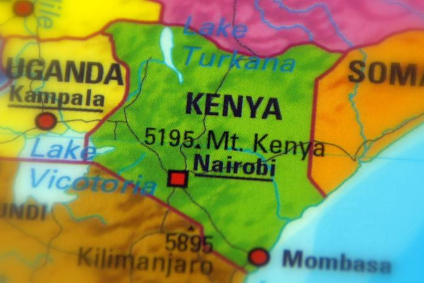 |
| Support Kenya’s poultry sector |
Among the latest developments aimed at supporting poultry production in the East African state are free distribution of high-quality feeds, and a community egg farming program.
Kenyan poultry farmers were feeling commercial pressure even before the coronavirus (COVID-19) pandemic. While the restrictions introduced to control the spread of the virus have forced many of them out of business, some new initiatives have the potential to help out this ailing sector. In the central county of Kirinyaga, the local government is making available a feed mill for the production of quality poultry feeds for selected local farmers. Until now, egg producers in the area have struggled to source feed for their hens, reports Kenya Broadcasting Corp. (KBC). Much of what was available was of poor quality from unscrupulous dealers, so local farmers were forced to accept lower market prices because their eggs were of variable quality. However, the Kirinyaga authorities are making use of an animal feed mill at the county’s Agricultural Training Center. Now, the unit is producing balanced feeds for poultry based on corn and local fish meal from omena, the Lake Victoria carp. Supported by modern feed formulations, the initiative also involves quality control and analytical services of the Kenya Bureau of Standards (KEBS)..
Feed mill capacity and future expansion
Daily output of the mill is approximately 15.4 metric tons (mt) — or 220 bags of 70 kilos each. So far, total production by the facility has reached more than 900 mt. First to benefit from the new feeds is the local community’s egg program, which received the new diets free of charge, according to KBC. In time, other groups will benefit from the production, and feeds will be available to buy at subsidized prices. Key to the success of the initiative is the training given to workers at the plant regarding appropriate storage, stock management, and pest control, according to Gov. Anne Waiguru. She added that the plant has the capacity to ramp up production volumes. As well as storage for feed ingredients and finished products, there is also an adequate handling area. With the recent introduction of new standards by KEBS, Kenya has been taking steps toward a whole-chain approach to food safety. Exploring the potential for more sustainable feed ingredients for its livestock, the country has been looking to increase the production of fodders and insect meal.















